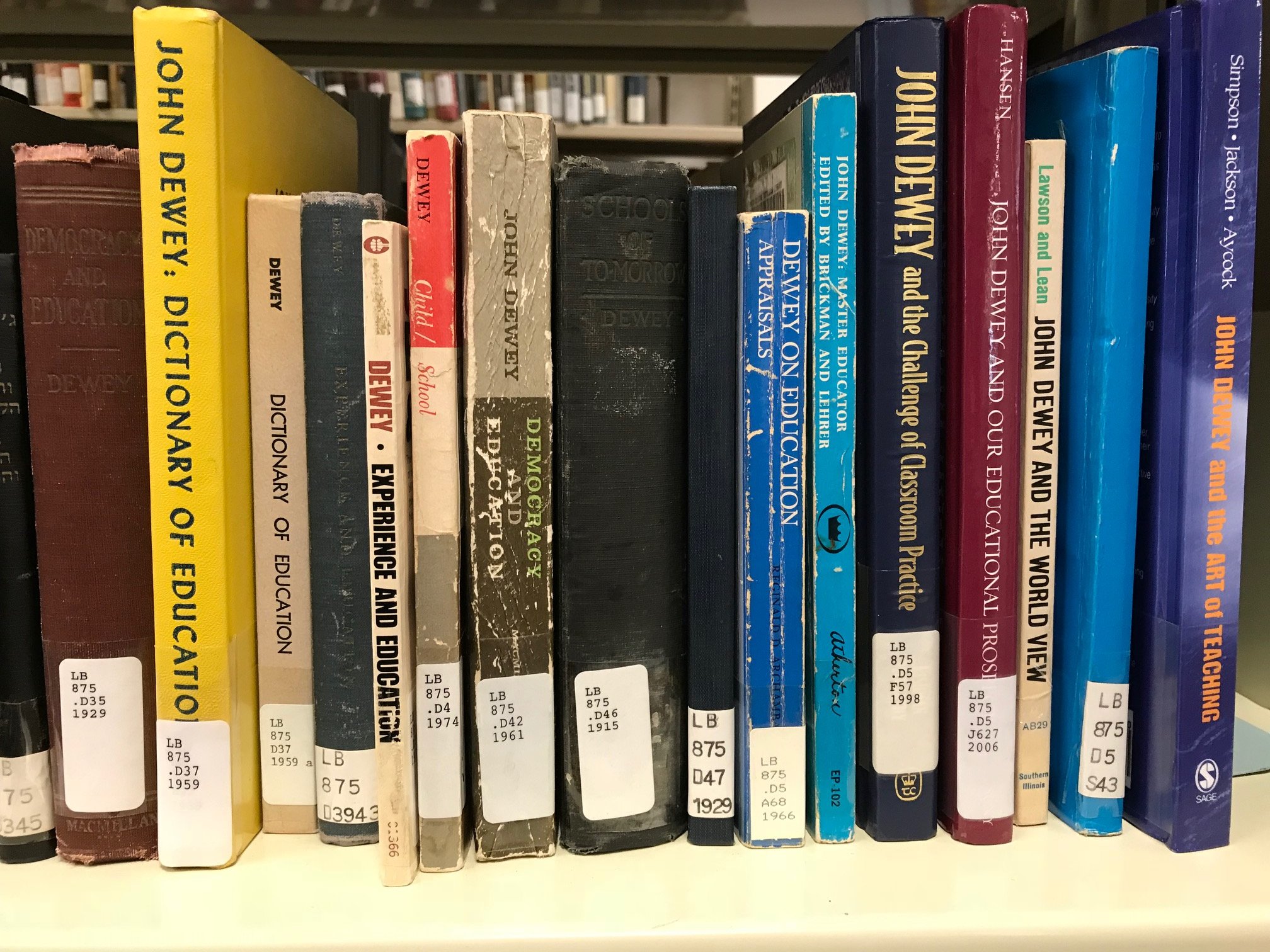
Thinking about thinking.
“Going from what is present to something absent” (J. Dewey, 1909)
The first thing to know is pragmatism is paying attention. John Dewey wrote: “the essence of critical thinking is suspended judgement.” For Dewey, this suspension of judgement was not a suspension of the mind at work. No No! It was very much at work: “the essence of this suspense is inquiry,” he adds. The moment of hesitation is not a freeze, but an active state of cognitive processing. It is the work to look around, to notice the details, to diagnosis the problem, question or complexity of the thing you are going to to think about.
The second thing to know is that the emphasis in pragmatism is on the future: it is solution and outcome focused. It is an act of futurity! For Dewey, this made growth the magic word: the goal. Intelligence applied to the present in service of the future, ideally makes for a better future. This is growth.
In 1938 Dewey offered an equation for understanding how this works:
Growth = Presence of difficulty + exercise of intelligence
Basically that equation is everything. It could be applied to a specific personal creative project, it could be applied to a classroom of students, it could be applied to the country as a whole. The basic logic model holds up.
One of the major jobs of teachers, of course, is to create, monitor, and adjust the presence of difficulty. Too hard, learners check out. Too easy, learners check out. At times teachers have to model the exercise of intelligence first.
in 1909, Dewey outlined a sequence for this exercise of intelligence.
Felt difficulty (think: noticing the problem. The phrase feels old fashion somehow)
2. Location and definition (noticing the details and scope of the problem in #1 above)
3. suggestion of possible solution
4. development by reasoning of the bearings of the suggestion
5. further observation and experiment leading to its acceptance or rejection (a conclusion of belief or disbelief)
after this, a pivot. Slight or major, it does not matter. still, slightly changed by all experiences. Hopefully for the better. For good.
There is a circular pattern to this, because it all repeats. But like the seasons in parts of the country, each time through is slightly different.
Dewey called it “the constant spiral of knowledge.”

“Pragmatism as attitude represents what Mr. Peirce has happily termed ‘the laboratory habit of mind’ extended into every arena where inquiry may fruitfully be carried on.”
— J Dewey, Essays in Experimental Logic, 1916
